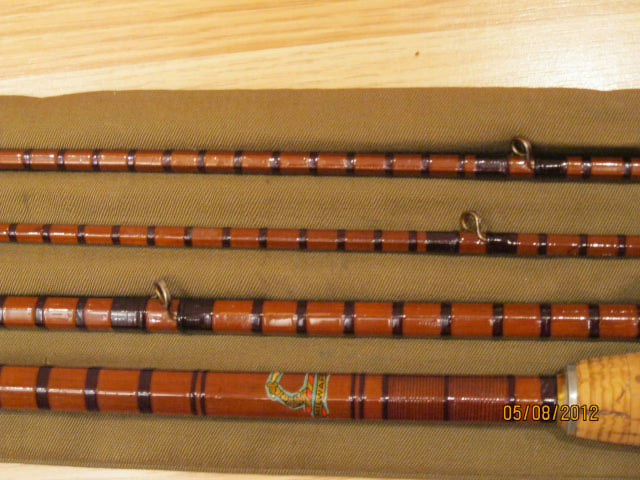As the prespawn gradually turns into the spawn, the shallows are loaded with largemouths. Even novice anglers can catch their share of bass this time of year by randomly casting to visible cover. Savvy anglers, however, take advantage of one of the season's best big-fish opportunities by specifically targeting female large-mouths that are on the brink of spawning.
Males scatter throughout spawning areas to choose nesting sites and sweep them free of silt and debris, but larger females don't immediately join them. Instead, they remain poised at the outskirts for up to several days. The key to catching them before they move onto the beds is to locate their final staging areas, which usually lie within 50 yards of a spawning flat. A single staging area might hold a school of several large female bass. Find one and you've hit the jackpot.
The search starts with a contour map. First, locate possible spawning sites, like flats in the backs of bays and shallow creek banks. Then look for the nearest adjacent structure break. A gully running through a flat has good potential, and so does a creek channel that bends sharply around a point. With your map handy, hit the water.
At your target zone, search with a depth-finder to pinpoint the structure break. It's often subtle: A gully, for example, may be only 1 foot deeper than the surrounding flat. And although almost any subtle edge along the periphery of a spawning area can draw big female bass, those with stumps, rocks, brush, or other cover hold the most promise.
The first priority is to catch one fish. Once you've located a promising spot, start with trial-and-error casting, using a lure that covers a lot of water, such as a diving or lipless crankbait or a spinnerbait. With a diving crankbait, make sure it's digging along the bottom. No matter what your choice of lure, be sure to bump the cover. The best crankbait colors are red, chartreuse-and-orange, and crawfish patterns. If you're fishing a spinnerbait, try chartreuse, chartreuse-and-white, and red-and-black, each with a large, single Colorado blade.
Once you hook up with that first fish, take a more methodical approach. Continue casting to the same spot to see if other bass are present. Switch to a slower presentation, using a jig-and-pig or a Texas-rigged lizard or grub. Also, circle the spot where the fish was holding to try different casting angles. Fish thoroughly and be patient. When schools of big female largemouths hold on the edge, one bite can lead to many--and the next bite might produce the bass of a lifetime.
How To Break Out Of Your Training Rut

How Many Americans Are Cycling?

Old Milward Bartleet bamboo fly rod

Copyright © www.mycheapnfljerseys.com Outdoor sports All Rights Reserved